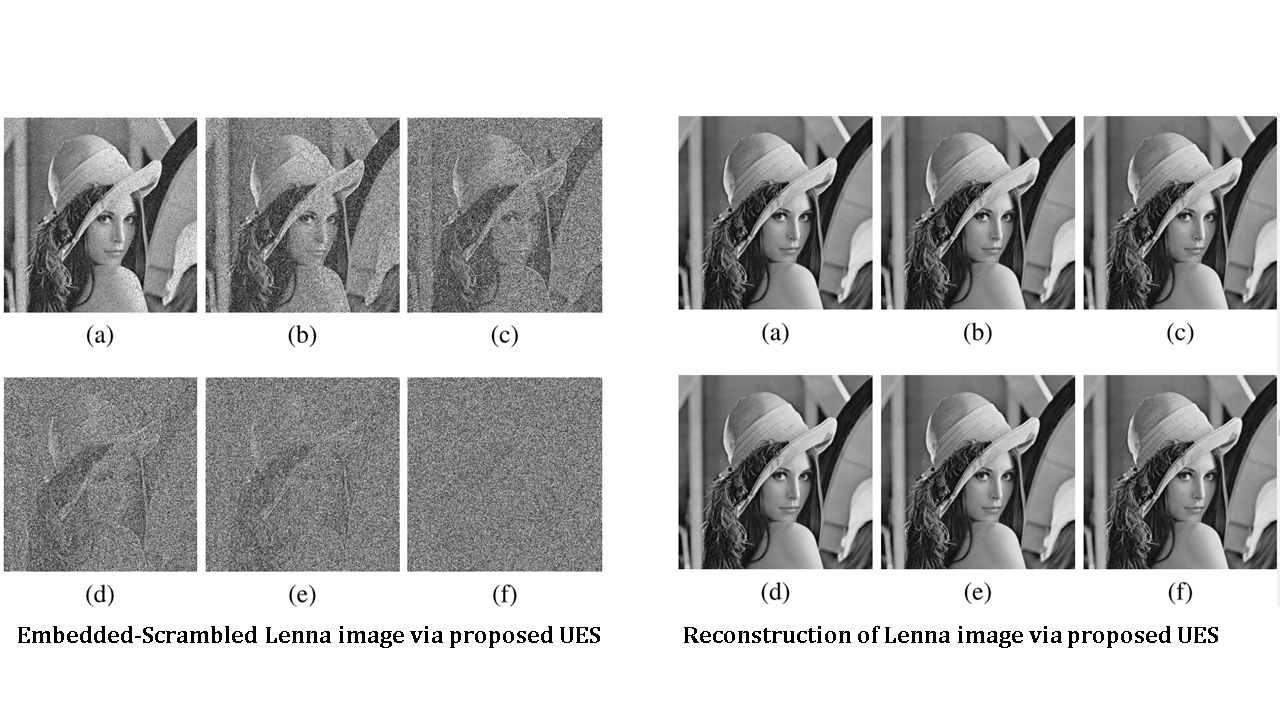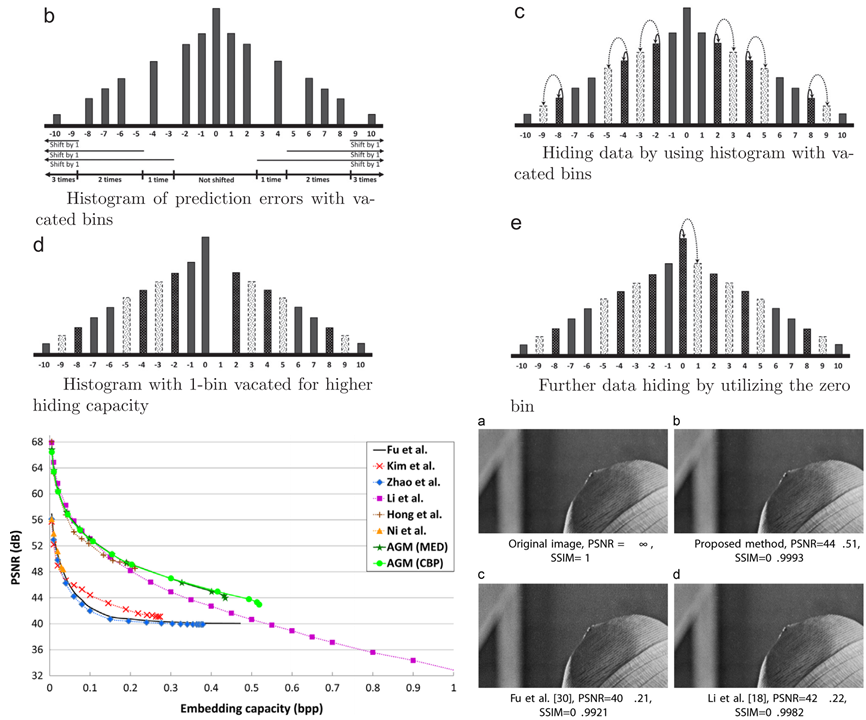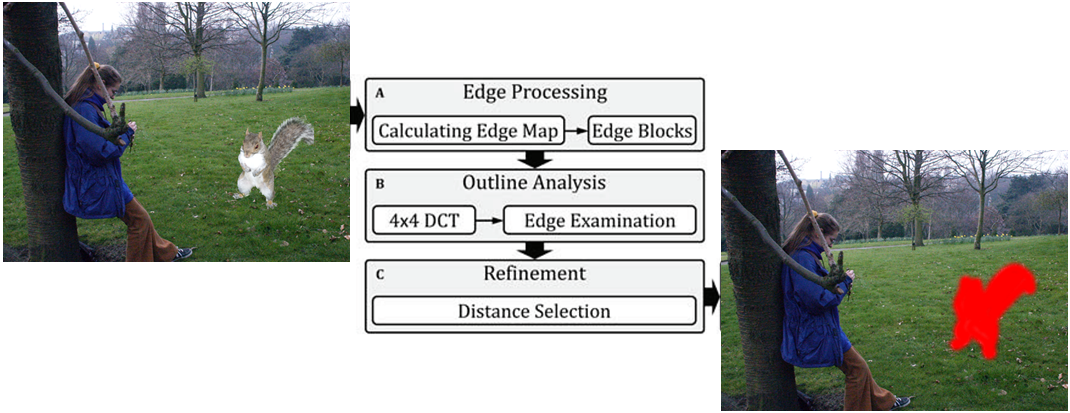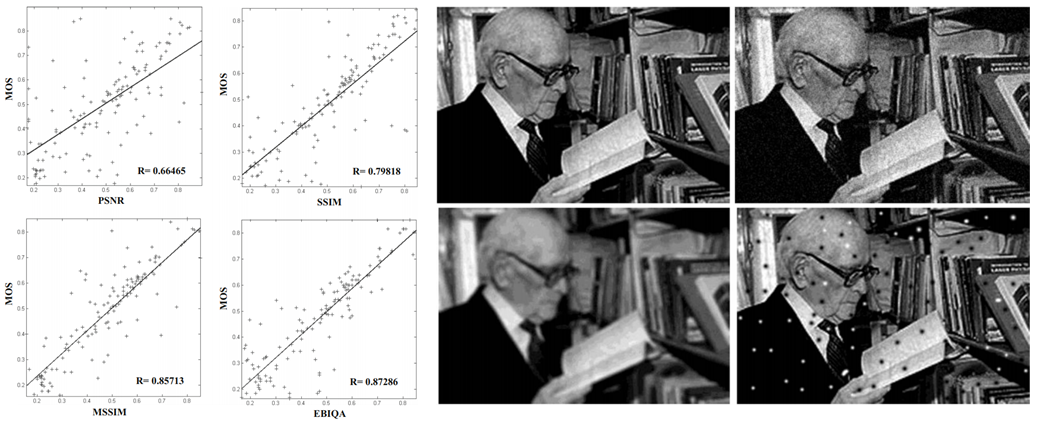Reza Moradi Rad, Parvaneh Saeedi, Jason Au, and Jon Havelock
IEEE Access - PDF
In-vitro fertilization (IVF), as the most common fertility treatment, has never reached its maximum potentials. Systematic selection of embryos with the highest implementation potentials is a necessary step towards enhancing the effectiveness of IVF. Embryonic cell numbers and their developmental rate are believed to correlate with the embryo's implantation potentials. In this paper, we propose an automatic framework based on a deep convolutional neural network to take on the challenging task of automatic counting and centroid localization of embryonic cells (blastomeres) in microscopic human embryo images. In particular, the cell counting task is reformulated as an end-to-end regression problem that is based on a shape-aware Gaussian dot annotation to map the input image into an output density map. The proposed Cell-Net system incorporates two novel components, residual incremental Atrous pyramid and progressive up-sampling convolution. Residual incremental Atrous pyramid enables the network to extract rich global contextual information without raising the ‘grinding’ issue. Progressive up-sampling convolution gradually reconstructs a high-resolution feature map by taking into account short- and longrange dependencies. Experimental results confirm that the proposed framework is capable of predicting the cell-stage and detecting blastomeres in embryo images of 1 to 8 cell(s) by mean accuracies of 86.1% and 95.1%, respectively.



